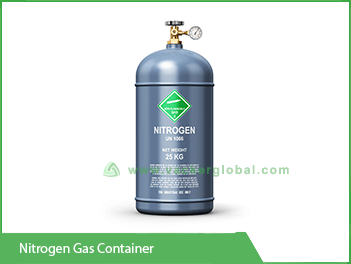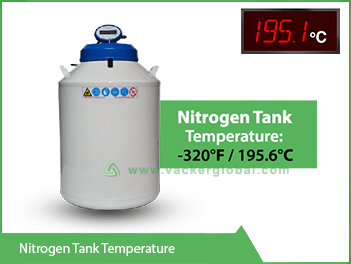
Special tanks with engines that are powered by liquid nitrogen are called Liquid Nitrogen Tanks. The tanks consist of a heat exchanger which is necessary for heating the liquid nitrogen. Generally, liquid nitrogen has not been commercially used. The pressurized gas provides sufficient energy and force for the rotator motor to work in the engine. The liquid nitrogen energy also can be used in fuel tanks to recharge the batteries, electric force etc. nitrogen-electric force is a combination of electric force and liquid nitrogen force. Vacker Africa supplies liquid nitrogen tanks in different countries of Africa such as Kenya, Djibouti, Tanzania, Chad, Angola, Libya, Algeria, Niger, Congo, South Africa, Ethiopia, Rwanda, Morocco, Nigeria, Ghana, Congo-Pacific, Zimbabwe, etc.

Liquid nitrogen can be used for cooling food during transportation in cargos. This liquid nitrogen can keep the food products cool even when the engine is off. But nowadays use of second diesel engine in Lorries and large vehicles is more popular for cooling as it is more convenient.
Reverse-blending engine helps to liquefy the gas nitrogen. Generally, the cooler is run by electricity or wind-powered turbine. The liquid nitrogen generated is stored in a container that is completely insulated. Such insulated container stops the flow of heat to the nitrogen from the environment. The insulated container is very important as we all know liquid nitrogen changes into a gaseous state with the rise in temperature. Using pipeline can cost much higher than using a container.
Although, liquid nitrogen tanks and liquid nitrogen are very useful they certainly have gone through criticisms. Some of them are:
 Production Cost
Production CostLiquid nitrogen tanks are more often produced as a by-product by refrigeration plants. Generally these refrigeration efficiency is very low which results in increased production cost.
Energy Density of Liquid Nitrogen
Energy density of liquid nitrogen is very low, unlike many hydrocarbon fuels. Due to this liquid nitrogen cannot produce enough energy in many cases. Due to the low density, it is also a very hard process to store liquid nitrogen. The transportation of the liquid nitrogen is also not very convenient.
Frost Formation

Heat exchangers play a huge role in warming and cooling of liquid nitrogen but this process is not very efficient in humid condition. The humidity may stop the heat flow in the tank which leaves the user with a new challenge of adjusting the temperature. It requires a careful handling of weight and efficiency loss. The environment of the operation must be frost free and additional heat exchanges also should be taken care of.
Safety
Although, insulated the containers are generally not capable of stopping the loss of the gas through evaporation. The user should not store nitrogen tanks in a highly ventilated area as loss of the gas increases in more ventilated area. It also becomes hard to detect the loss of the nitrogen gas as the gas is colorless, odorless and tasteless.


